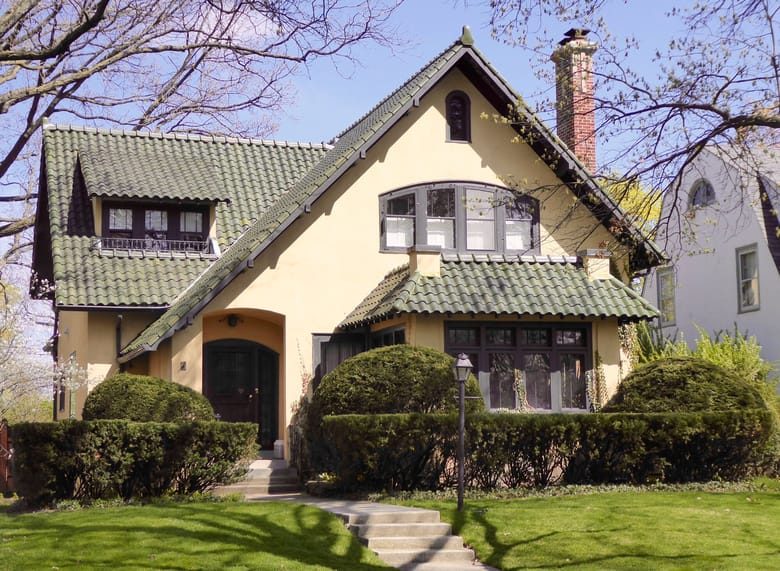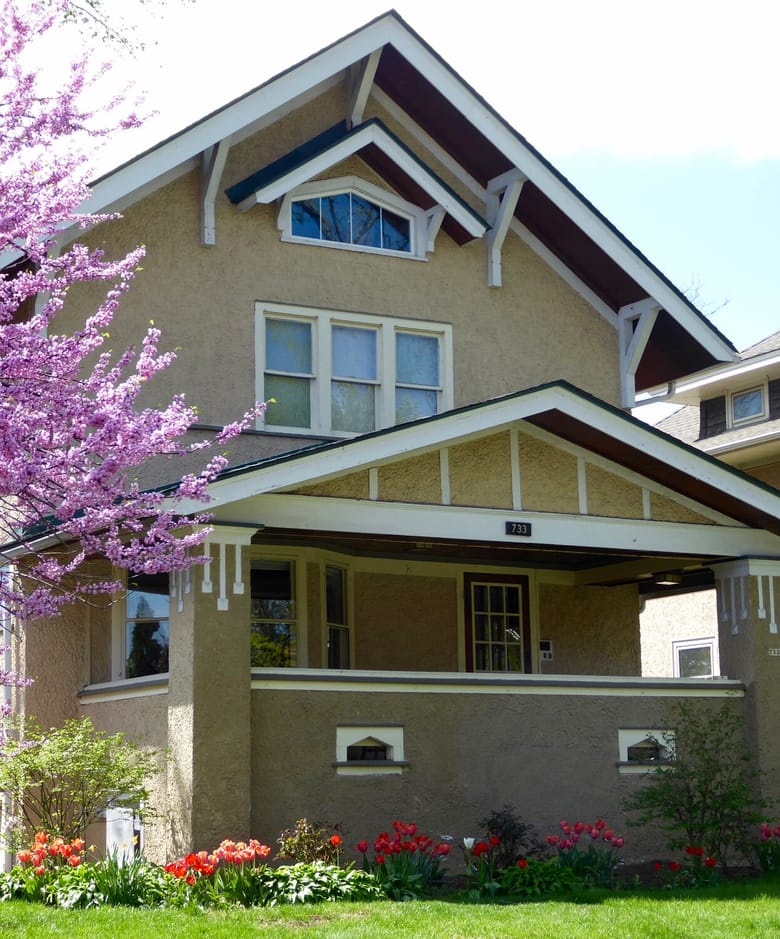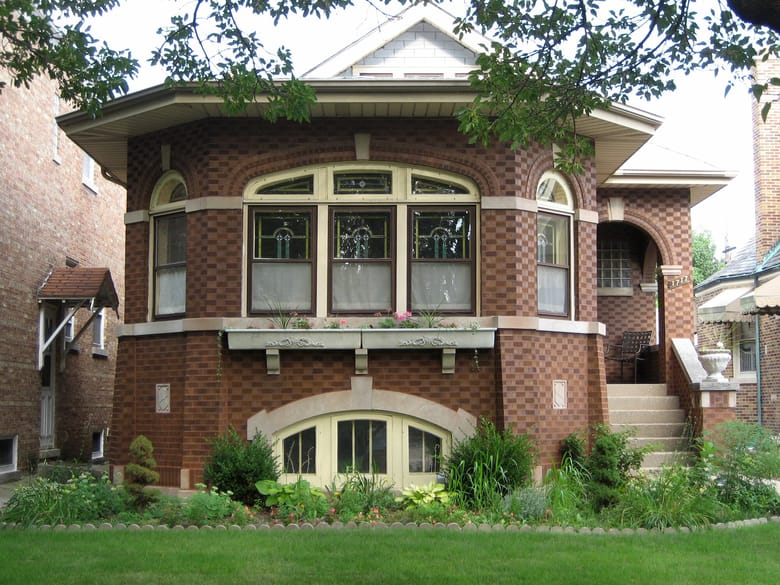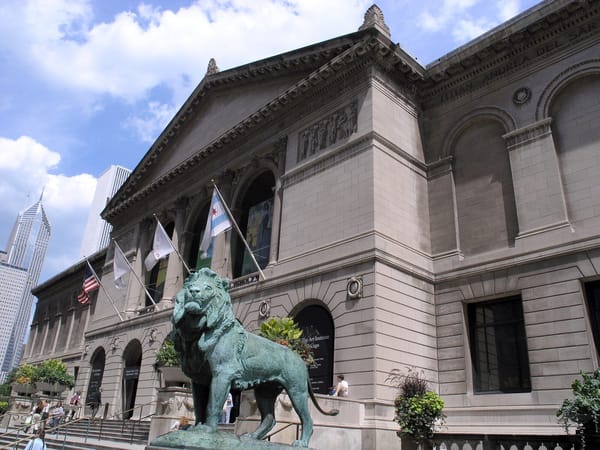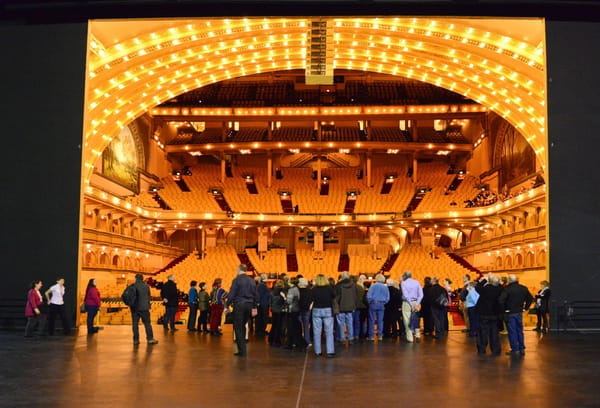The Arts and Crafts movement originated in England in the mid-19th century as an antidote to the dehumanizing effects of the industrial revolution. It looked back to a time before craftspeople were replaced by machines. Its roots were philosophical rather than architectural and it encompassed many art forms. The ideas of English art critic John Ruskin and English designer William Morris were given expression not only in designs for houses, but also in fabrics, furniture, handmade books and other decorative arts. British Arts and Crafts also featured references to medieval and Gothic styles, which were seen as England’s design heritage.
Arts and Crafts ideals became popular in the United States at the end of the 19th century, starting in Boston and eventually spreading across the country. Most Arts and Crafts buildings in the U.S. are houses, although some churches and chapels were also built in this style. Pockets of Arts and Crafts houses have a local flavor: the West Coast gravitated toward native stone foundations, Asian influences and references to the Spanish missions of California, while New England embraced the Shingle Style. In the Midwest, Arts and Crafts overlaps and is integrated with Prairie Style and Bungalow architecture. Chicago has many notable examples from the Arts and Crafts movement, including the Frank Lloyd Wright Home and Studio.
Many Arts and Crafts homes share these traits:
- Structural “authenticity”: exposed beams, strong posts, rafters that extend past the roof line
- Simplicity: open floor plans with built-ins, smooth surfaces, lack of intricate carving
- Native materials: wood (especially oak), locally sourced stone, stucco, brick
- Natural influences: earth tones, attention to wood grain, decorative items made of shell or bone
- The hand of the artist: hand hammered metals, handmade tile, embracing of imperfections
- Emphasis on home life: dim, homey, glowing interiors, prominent fireplaces, art glass to soften light
In the 1910s, around the outbreak of World War I, the style’s popularity faded dramatically.
–A special thanks to Susan Frost, CAF docent class of 2015, for researching and writing this entry.
